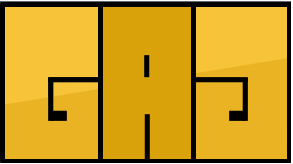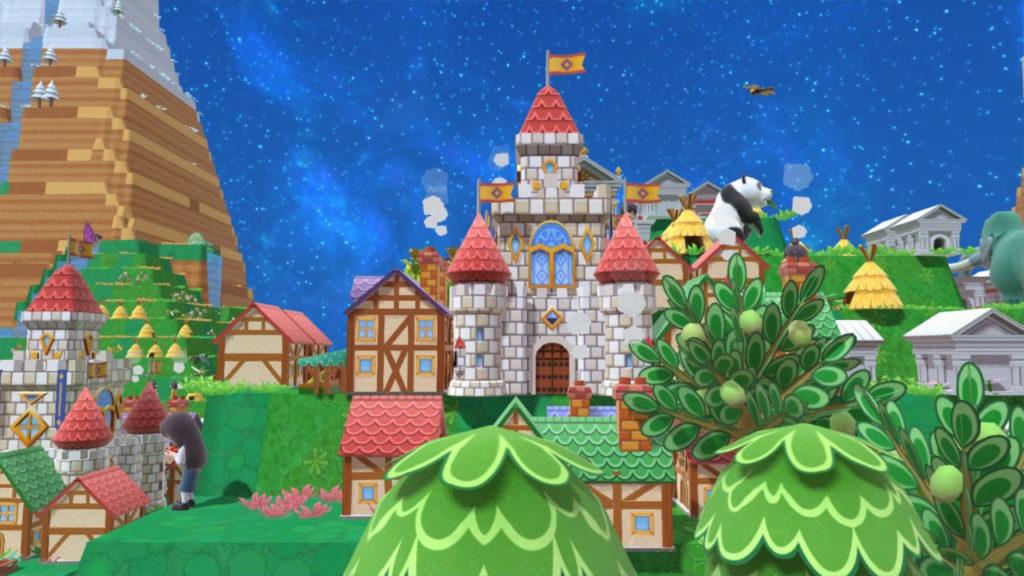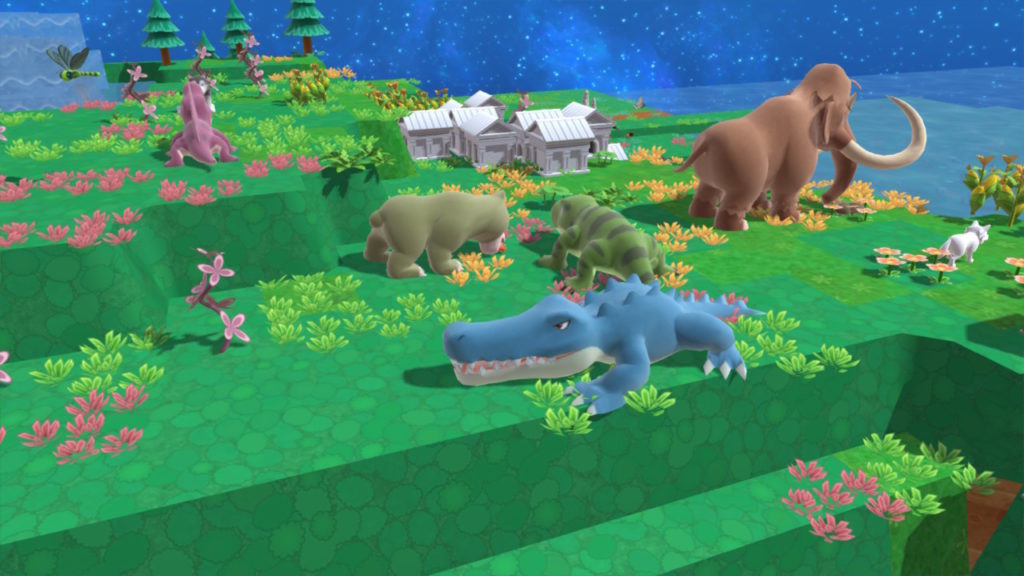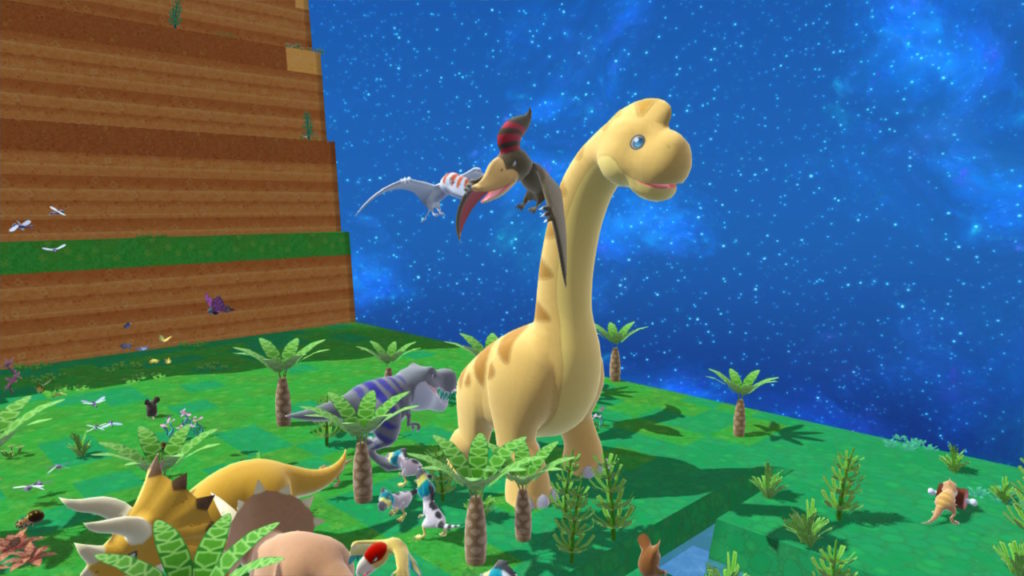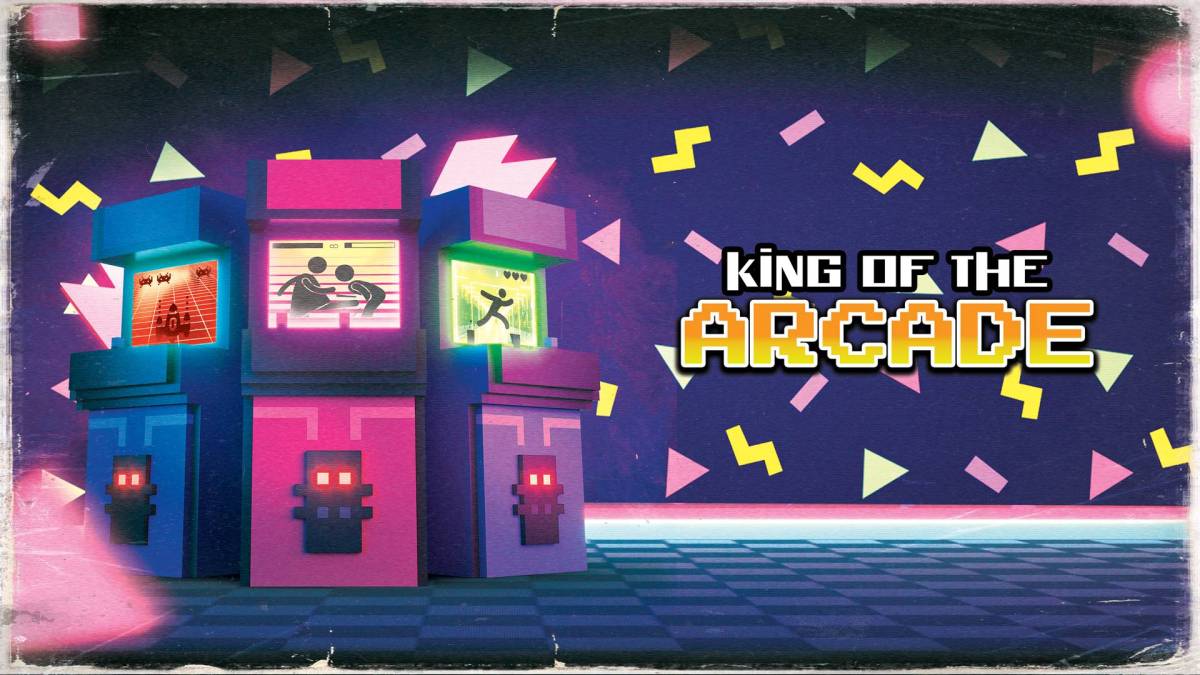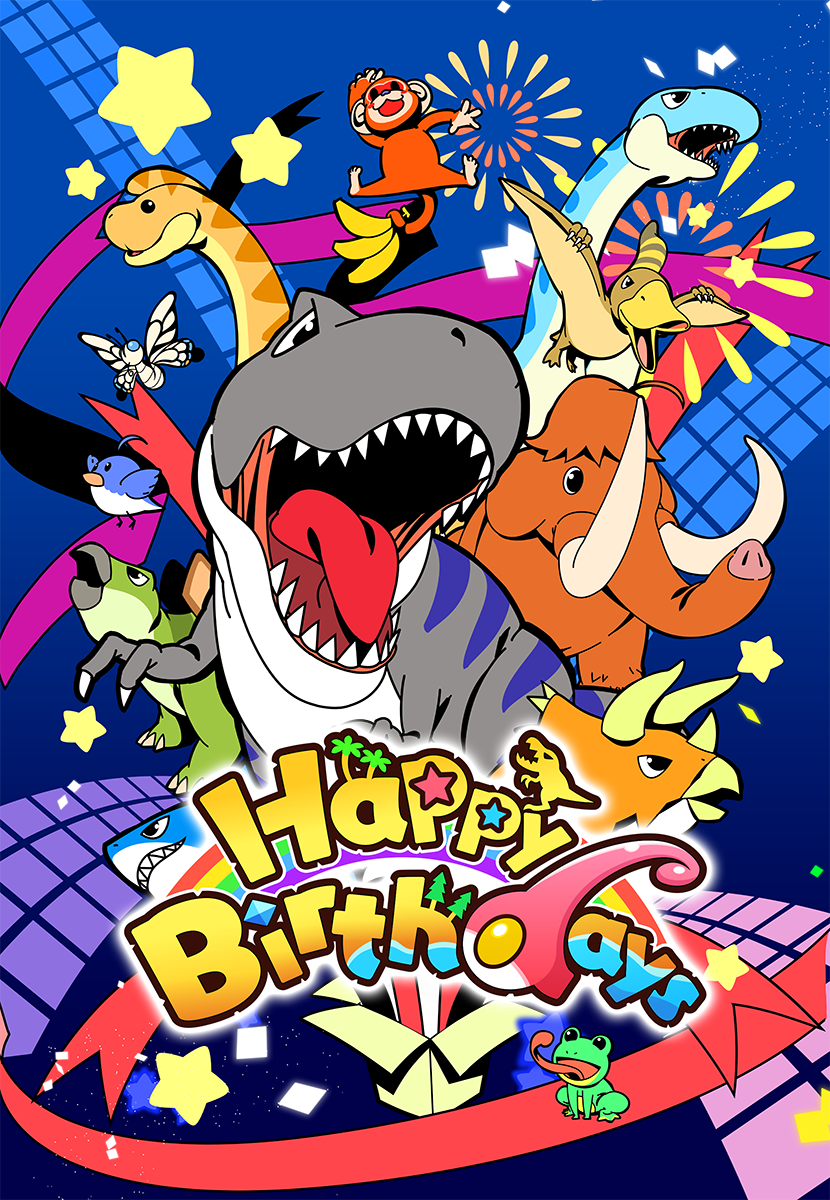
Platform: Switch
Do you have some nostalgia for those educational games of yesteryear? I grew up playing a lot of them and that likely led up to my fondness for games that might be a bit more slow paced but require a fair amount of planning like Tactics Ogre and SimCity. Getting into those types of games felt like a natural evolution for someone who grew up playing the Super Solvers series. Seeing Happy Birthdays come to the Switch gave me a little hope that some of the rough edges from Birthday: The Beginnings would get smoothed out and make it a bit more of a rewarding experience for someone my age and more accessible to my kids.
Birthday: The Beginnings hit the Playstation 4 and Steam last year and didn’t make much of a splash. The original version of this game held some promise but had more than a few issues that kept it from breaking through. You’re given a cube to evolve life. To do that, you directly control the elevation of parts of it, which affects temperature. Higher elevation means the overall temperature of the cube will be lower and lower elevation means warmer temperatures. You’re given some special abilities to use that can cause big changes to your cube such as being able to spring up a water source from nowhere, change the temperature of your cube without changing the elevation, and causing mutations in any lifeforms that have sprung up, allowing evolutionary branches to pop up that might not otherwise.
It seems like a simple premise, but the course of evolution was an incredibly complex one, leading to fidgeting with your cube to get things just right that often felt like you just couldn’t pin down what you needed to do. I’d often struggle going through the lifeform chart trying to figure out what I had to evolve to get my next goal to pop up. It was a system that, in theory, seemed like it could be fun, but the implementation of it was far more complex than it needed to be, really locking out a potential audience – kids. My daughter wanted to play it because it does look adorable, but the systems were far too complex and tedious to get through (never mind trying to remember the long, Latin names of creatures) for her. I wanted to like Birthdays: The Beginnings more than I did, but it seemed almost determined to frustrate the fun right out of itself too frequently to ever stick with it to completion.
Happy Birthdays takes the frustration out of the main game and makes it far more simple and accessible. Instead of giving you incredibly hard evolutionary trees to follow, it instead gives you simple goals to meet and tells you what you need to get there. In the original, you start from scratch and slowly evolve a few steps worth of creatures to get to your goal. It’s something that would require you to go back and forth in to the evolution chart to figure out what you needed to do. It’s something that might be enjoyable if there was more to it. There was far too little reward for the constant back and forth to a menu and constant fiddling with your cube. Happy Birthdays gives you some lifeforms to start with, making it easier to get what you need to pop up. Out of habit, I found myself jumping to the evolutionary chart a few times, ready for the slog of the first version to rear its head. Instead, I was pleasantly surprised to find that as I adjusted the cube’s climate, the evolutions seemed far less finicky than before. Instead, it let me concentrate on adjusting the cube and having more variety of life in it than being so stringent on what was there.
The main path is considerably shorter than the original’s, making it a much shorter process (a couple of hours) to get to the ultimate goal of evolving humans. Happy Birthdays instead doubles down on showing more of the variety by giving you four premade biomes (cubes) to work through to get to your ultimate goal. It fits the educational vibe a lot better that way, rewarding you with new evolutions popping up on a frequent basis and seeing how climate affects evolutionary mutations. I think I saw more of the lifeforms in Happy Birthdays than I did in Birthdays: The Beginning, and I spent considerably more time with the original. It does a far better job rewarding you this go-round, making it easier to see more of a substantial variety of life the game has tucked away.
There are challenge modes that give you very limited room to work with and have set goals to reach, so if you feel like the four biomes the main game gives you are too easy to get through, these offer you a far more challenging experience. They’re definitely aimed at more advanced players who might have enjoyed the original a bit more, so it’s nice to see they’ve continued to offer you a challenge if you want it. And if you’d rather start from nothing, there’s a free mode you can dig into. It’s a nice option if you’d like the chance to see all the lifeforms you can evolve.
Happy Birthdays is the game Birthdays: The Beginning should have been from the start. There’s an incredible amount of depth and challenge to it, but it’s now more accessible to younger players and has a far less steep learning curve than before. Hopefully, being more friendly to play and the choice to bring it to the Switch opens up an audience to it that it never really seemed to have found previously. While the original was something I had some enjoyment with, it was with some major caveats. Happy Birthdays is something that’s far easier to recommend to someone. The cute aesthetic is a great way to get younger kids interested in it, and now the game doesn’t feel like it’s punishing them for wanting to give it a shot.
